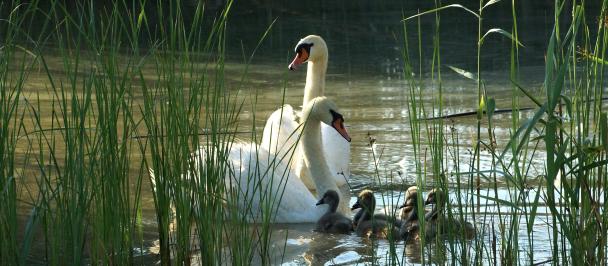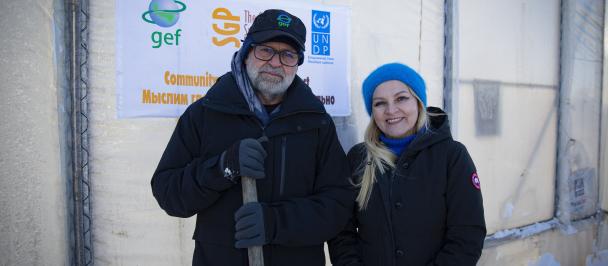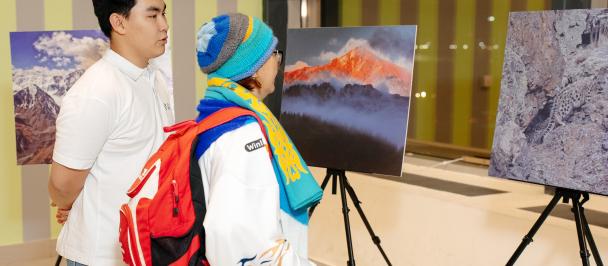Communing with Boundless Nature – Ecotrail in Saty Gorge, Almaty Oblast, opened by UNDP and Ministry of Ecology
November 28, 2022
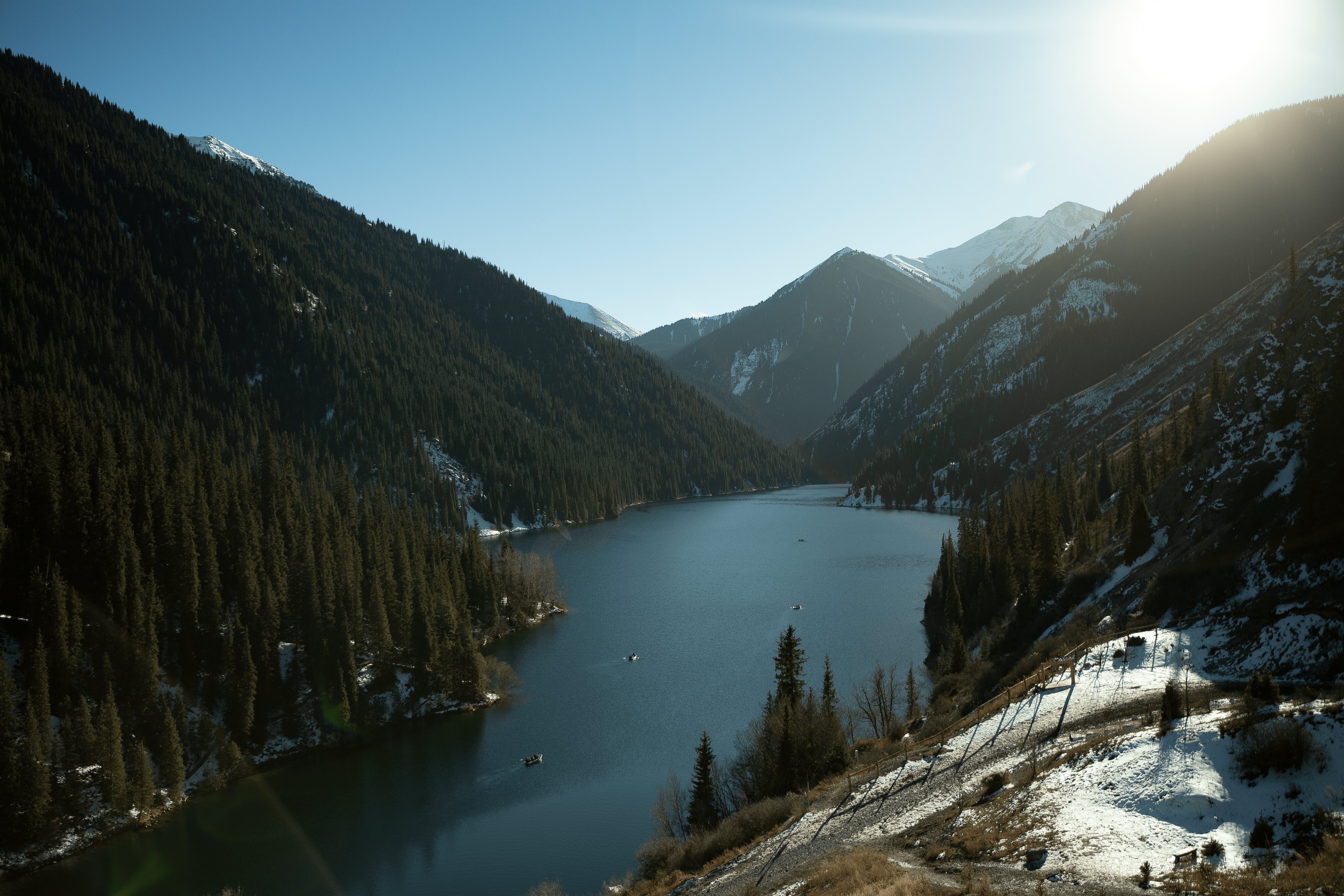
25 November 2022, Almaty – An ecotrail, Tabighatqa Qulaq Sal (Hear Nature) was launched in the Saty Gorge, Almaty Oblast, with UNDP in Kazakhstan support. Hear Nature, the name of the upgraded trail, is a call for communing with nature, nurturing and respecting Mother Earth for the future of people, animals and fauna.
Protected wilderness areas, most notably national parks, play a special role in ecotourism development. According to the National Statistics Bureau, about 1.5 million people visited protected areas in 2021 – a 40 percent increase from 2020, in 2022 – 1.7 million people to date.
The launch of an ecotrail in the Kolsay Kolderi National Park will help alleviate the large numbers of recreational visitors from Lakes Kolsay and Qayingdy by redistributing the current visitor flow.
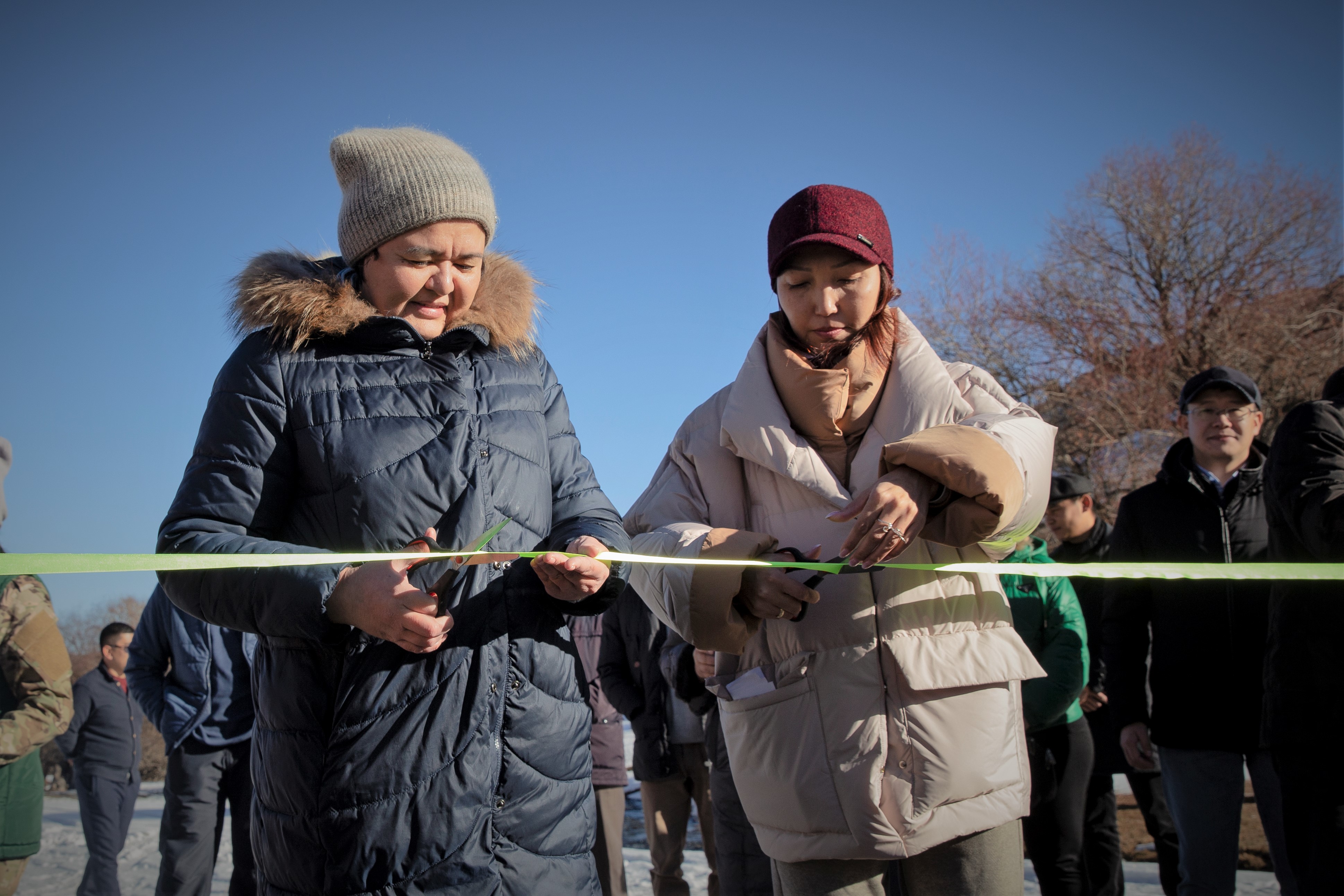
Shalabekova Aliya Lazarevna, Vice-Minister of Ecology, Geology and Natural Resources of the Republic of Kazakhstan, summed up the situation:
"Today we see a positive trend in the tourism industry, but there is also a growing anthropogenic impact on the natural environment and on biodiversity. This requires greater focus on developing measures to reduce growing pressure. To that end, the Ministry is working to improve the laws for specially protected natural areas. The National Ecotourism Standard 2993-2017 has already been updated. The Administrative and Criminal Codes are also being amended to increase civil liability for environmental offenses. Specifically, penalties will increase for solid waste littering and trespassing in specially protected natural areas"
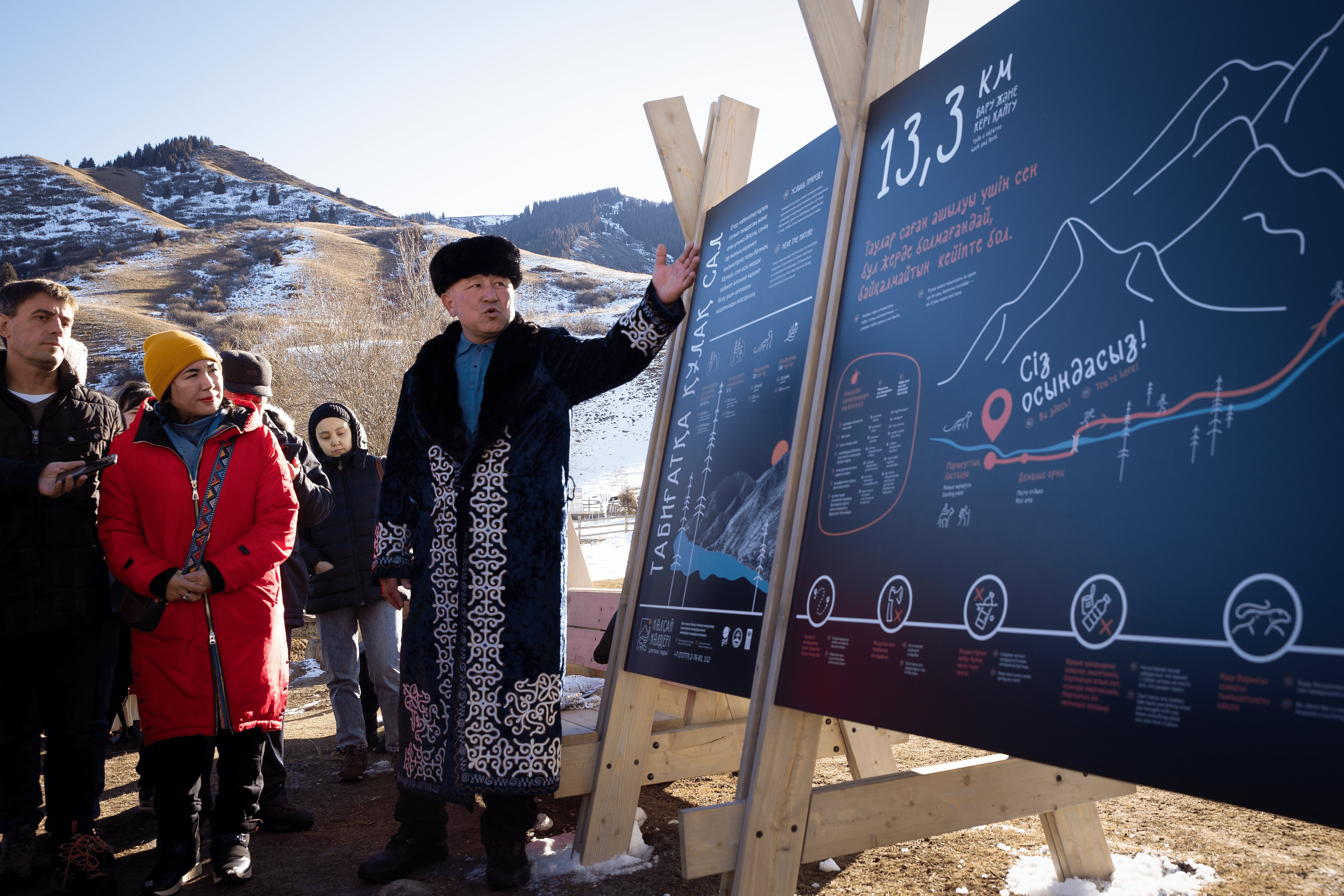


The idea behind the Tabighatqa Qulaq Sal Trail – creating conditions for a new kind of ecotourism involving so-called "cognitive" and more environmentally friendly bonding with nature, while introducing minimal elements of development and interference with the natural landscape.
Such ‘minimalist’ development works include: installation of entrance gates and information signs, viewing points and recreation areas, thematic placards (stands) presenting key information about the biodiversity of protected areas. Similar initiatives have been undertaken on pilot trails in the Qaton-Qaraghay and Sairam-Ogem National Parks.

UNDP and the Ministry of Ecology have taken up the role of architects guiding the interaction of humans and nature. As part of UNDP and the Ministry of Ecology joint initiatives, and with the financial support of the Global Environment Facility (GEF), the Kolsay Kolderi Management Plan and the Ecotourism Development Strategy have been designed. These efforts culminated in creating a vision of ecotourism development in the national park, with priority areas, objectives and budgeting. The upgraded Tabighatqa Qulaq Sal Ecotrail is one of the measures included in the Ecotourism Development Strategy.

According to Sukhrob Khodjimatov, UNDP Resident Representative a.i. in Kazakhstan:
"UNDP has supported Kazakhstan in ecotourism development for many years. It is one of the measures to preserve biodiversity and sustainable development in Kazakhstan’s regions. Since 2004, UNDP has implemented 10 large-scale biodiversity conservation initiatives with GEF financial support and in the framework of related grants with the Government of Kazakhstan. Contributions to the conservation of globally significant ecosystems in Kazakhstan have exceeded US$29 million."

In terms of ecotourism development, UNDP has designed guidelines that calculate recreational load standards. Support is provided for creating tourist routes, tourist infrastructure and activities and coopting the local population through economic opportunities. For example, rural settlements around the Kolsay Kolderi State National Park have been included in the Eco-Damu lending scheme. Priority focus areas for lending include sustainable ecotourism development, forestry, fishing, hunting and grazing, poultry farming, rabbit farming and beekeeping.

Another key initiative – with UNDP support, eight new specially protected natural areas were created and the territories of three existing protected areas expanded. The new Aqzhaiyq, Altyn-Dala and Ile-Balkhash nature reserves and the Buiratau, Zhonghar Alatau and Tarbaghatai national parks were established. A first in Kazakhstan – the ecological corridors of Qapshaghai-Balkhash and Yrghyz-Torghai-Zhylanshyq were created on 2.9 million hectares.

***
Kolsay Kolderi State National Park reference information:
Date of establishment: 2007.
Area: 161,045 ha. located within the Kegen and Talgar Districts, Almaty Oblast.
Biodiversity: 700 species of higher vascular plants; 197 bird species; 29 mammal species; 5 reptile species; 2 amphibian species and 4 fish species. The National Park lakes are a source of pride, the most alluring natural elementss. The largest lakes are Lake Qayingdy, Lake Lower Kolsay, Lake Middle Kolsay and Lake Upper Kolsay, located in the Qayingdy and Kolsay gorges. The Park employs 126 people.
Director: Qalmatayev Yerzhan Orynbayuly

 Locations
Locations
